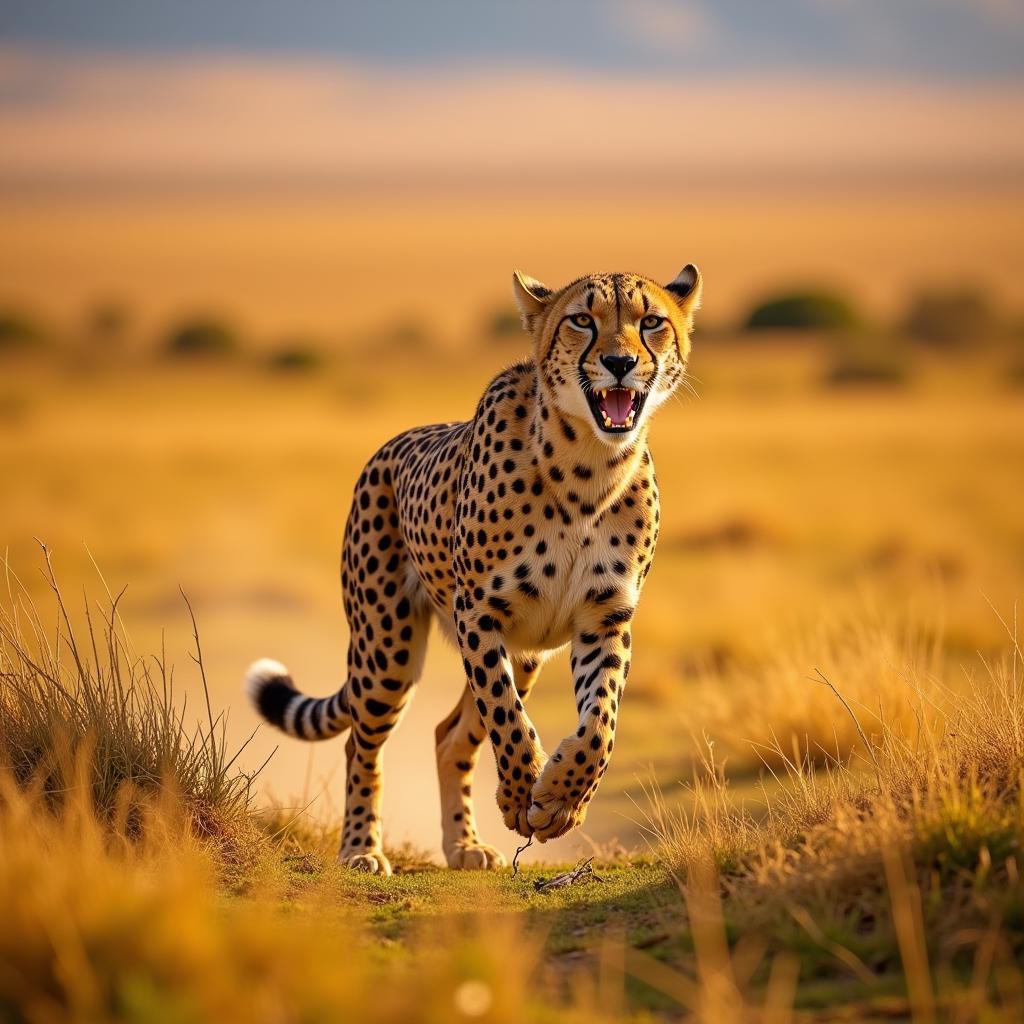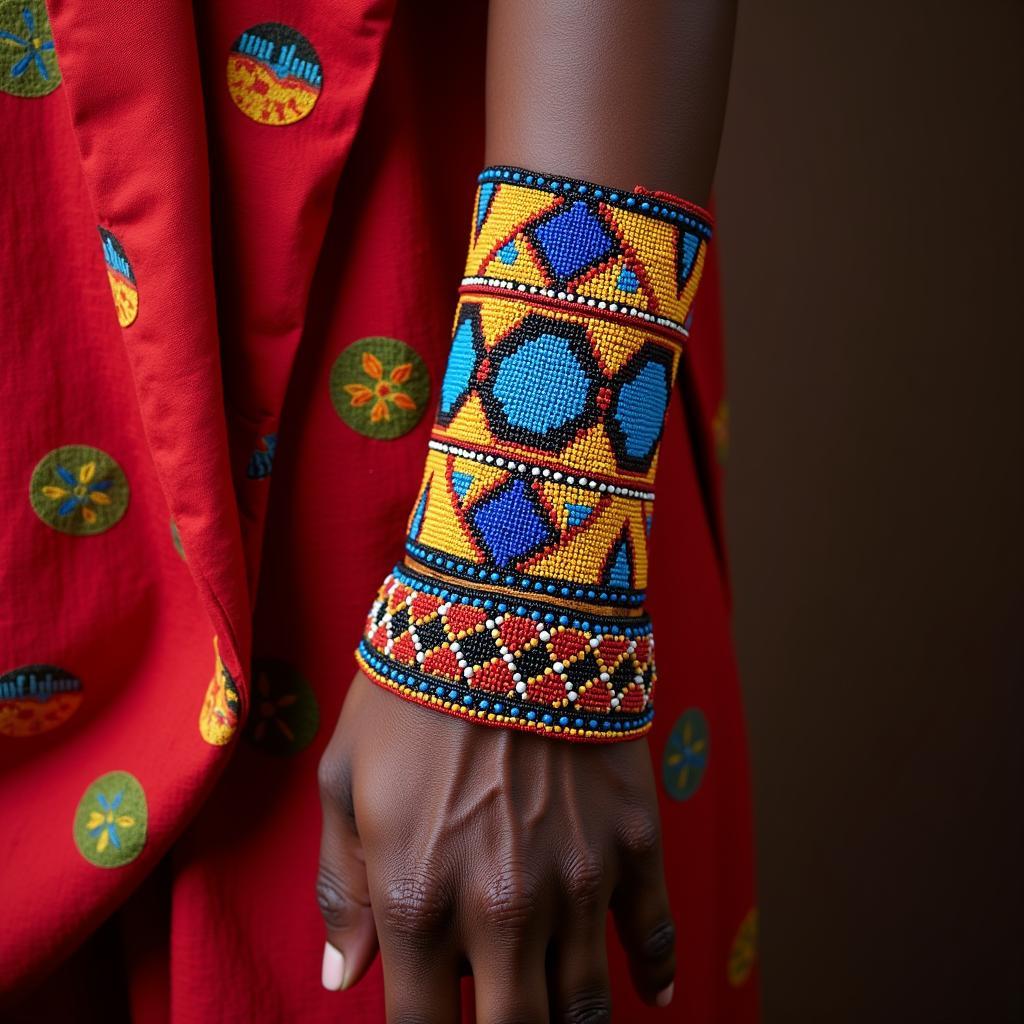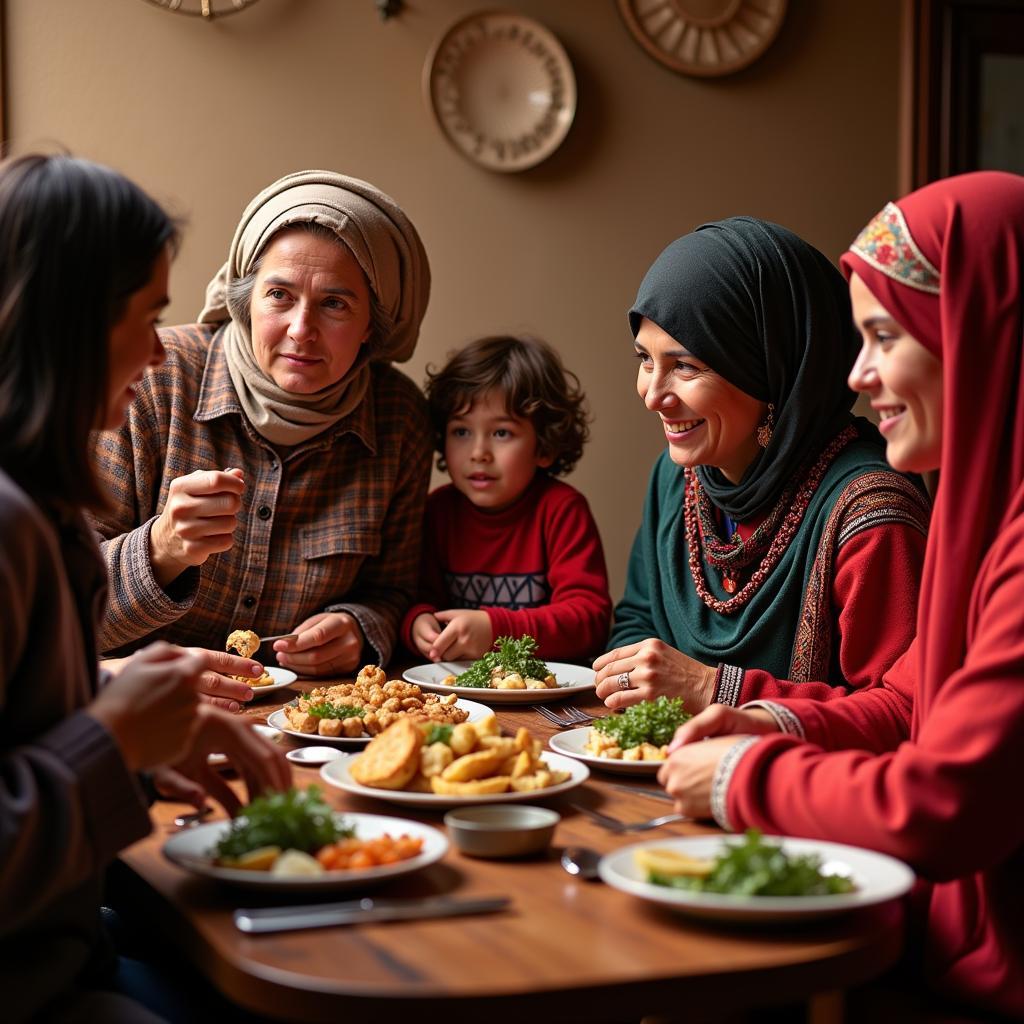Exploring African Feet Traits
African Feet Traits are a fascinating subject, often overlooked in discussions about human diversity. While generalizations about an entire continent are inherently problematic, certain observations about foot morphology and function have been made in various African populations. These observations are influenced by genetics, lifestyle, and environmental factors, offering a glimpse into the complex interplay between human biology and culture. Let’s delve into some of the common beliefs and scientific findings regarding African feet traits.
Historically, many African communities have engaged in barefoot activities, from walking long distances to performing intricate dances. This barefoot lifestyle has arguably shaped the development of certain foot characteristics. For instance, some studies suggest that individuals who habitually go barefoot may develop wider feet and greater flexibility in the toes. This adaptation could be beneficial for balance and stability on uneven terrain. Similar to the African desert elephant, known for its large, flat feet adapted for traversing sandy landscapes, some African populations demonstrate similar adaptations related to their environment.
The Influence of Genetics and Lifestyle on African Feet Traits
Genetic factors play a significant role in determining foot shape and size. Just as different ethnic groups may have variations in facial features or hair texture, there can also be genetic predispositions towards particular foot characteristics. However, it’s crucial to avoid making sweeping generalizations about “African feet.” The genetic diversity within Africa is vast, and attributing specific traits to an entire continent is inaccurate and misleading.
Lifestyle factors, such as footwear habits, also influence foot development. The widespread adoption of shoes in modern society has arguably altered the natural shape and function of human feet. Studies have shown that wearing restrictive footwear can lead to narrower feet, decreased toe mobility, and increased incidence of foot problems. Conversely, populations that continue to practice barefoot activities may retain a wider foot shape and greater toe flexibility.
Debunking Myths and Misconceptions about African Feet
Numerous myths and misconceptions surround the topic of African feet. One common misconception is that all Africans have large or flat feet. This is simply not true. Foot size and shape vary significantly within African populations, just as they do in any other human population. These variations are influenced by a complex interplay of genetic and environmental factors. Another myth is that Africans are naturally resistant to foot injuries due to their barefoot lifestyle. While barefoot walking can strengthen foot muscles and improve balance, it does not provide immunity against injuries. Similar to understanding the nuances of caring for an African grey parrot first time owner, understanding the intricacies of African feet requires shedding preconceived notions and embracing the diversity within the continent.
Are there specific foot conditions prevalent in African populations?
Certain foot conditions, like podoconiosis, are more common in some parts of Africa due to specific environmental factors. Podoconiosis, also known as mossy foot, is a non-infectious disease caused by prolonged exposure to volcanic soil. It leads to swelling and lesions on the feet. This condition is not a genetic trait but rather a consequence of environmental exposure.
How does footwear affect foot development in African communities?
The increasing use of footwear in African communities is likely influencing foot development in younger generations. While shoes offer protection against injuries and infections, they can also restrict natural foot movement and potentially contribute to foot problems in the long run.
Dr. Akinyi Otieno, a Kenyan podiatrist, notes, “The impact of footwear on foot development is a complex issue. While shoes offer protection, they can also alter the natural biomechanics of the foot. More research is needed to understand the long-term effects of footwear habits in different African populations.”
The Cultural Significance of Feet in African Traditions
Beyond their biological function, feet hold cultural significance in many African traditions. In some cultures, feet are considered sacred and are treated with reverence. Certain rituals and ceremonies involve washing or adorning the feet as a sign of respect. Dance forms often emphasize footwork, with intricate movements and rhythmic patterns that highlight the expressiveness and agility of the feet. Similar to the striking visual differences between the African elephant compared to the Indian elephant, there are notable differences in cultural practices related to feet across various African communities.
What role do feet play in traditional African dances?
Feet are integral to many traditional African dances, symbolizing connection to the earth and conveying emotions through rhythmic movements. Different dance styles emphasize specific footwork patterns, reflecting the cultural heritage of the community.
Are there any traditional practices related to foot care in Africa?
Traditional foot care practices in Africa often involve using natural remedies, like herbs and oils, to soothe and heal the feet. These practices are passed down through generations and reflect the deep connection between humans and nature.
Professor Kwame Asante, a Ghanaian anthropologist, explains, “Feet are often seen as a symbol of grounding and connection to ancestors in many African cultures. Rituals involving feet are not merely about hygiene but also about spiritual and social significance.”
In conclusion, African feet traits are a diverse and complex subject. While generalizations are misleading, exploring the interplay of genetics, lifestyle, and environment provides valuable insights into human adaptability and the cultural significance of feet. Understanding African feet traits requires acknowledging the vast diversity within the continent and appreciating the rich tapestry of human experience. Remembering the distinction between the African marigold and French marigold, highlights the importance of recognizing variations within seemingly similar categories, even within the realm of flora. Further research is needed to fully understand the intricate relationship between biology, culture, and the human foot.
FAQ
- What are some common misconceptions about African feet?
- How does barefoot walking affect foot development?
- What is the cultural significance of feet in some African traditions?
- Are there any specific foot conditions prevalent in Africa?
- How does footwear impact foot development in African communities?
- What are some traditional foot care practices in Africa?
- How do genetic factors influence African feet traits?
Do you have more questions about African culture and traditions? Explore more about the African giraffe facts.
When you need assistance, contact us at Phone Number: +255768904061, Email: kaka.mag@gmail.com or visit us at Mbarali DC Mawindi, Kangaga, Tanzania. We have a 24/7 customer service team.


